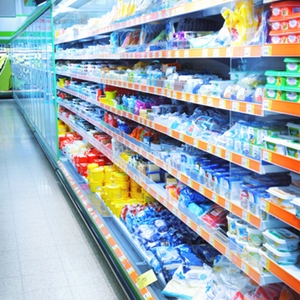When a brand decides on its product labeling strategy, it is staking out a place in a market. The consumer is at the center of every decision leaders make: Depending on the preferences that have risen to the surface in a particular year or industry, design decisions may take an interesting new course. This process becomes even more interesting when the prevailing trends become looser and more open to innovation.
One of the themes of the modern industry, destabilized by the opinions of the millennial generation and the ease of e-commerce, is lopsided competition. Small producers can contend with multinational corporations and marginal brands can stand alongside well-known names. With more opportunities for success than ever before, it’s time for companies of all kinds to rethink their labeling approaches.
Open to new challengers
Forbes contributor Barbara Thau recently described the current climate within the packaging and branding world: Established brands are finding that their unassailable market positions aren’t as strong as they used to be, and other kinds of businesses are taking notice. In the food and beverage world, this has led to smaller, independent providers addressing in-demand niche tastes. Large organizations are buying up these new companies to stay relevant.
The leveling of the retail playing field has even opened the door to stores which are fielding their own-brand products with a renewed confidence. Thau stated that the preference for organic foods and clean products has energized these companies, with food and beverage labels focusing on the healthy contents of the items within rather than foregrounding brand names.
A need for simplicity
While today’s customers aren’t necessarily looking to buy from companies they are familiar with, this doesn’t mean they’re being less demanding in the way they inspect food and beverage packages. Instead, they are simply scanning for different elements. Packaging Digest spoke with design agency principal Justin Johnson about the state of the market. He stated that today’s consumers want information they can take in extremely quickly and clearly.
The need for immediate recognition of important facts comes from the blinding speed of consumer culture today. Johnson noted that creating a connection between a product and a potential buyer means getting the core message across as simply as possible. People are loath to give much time to any one item on a shelf, meaning brands have a shorter window than ever to convert viewers into customers.
Responsive and compelling labels
When small companies decide to bring their product labeling in-house, they gain the ability to respond to market conditions in an agile way. To attain this speed without sacrificing packaging quality, leaders can use a printer such as the Primera LX1000. Check it out in the Optimedia U.S. store or Canadian shop.
